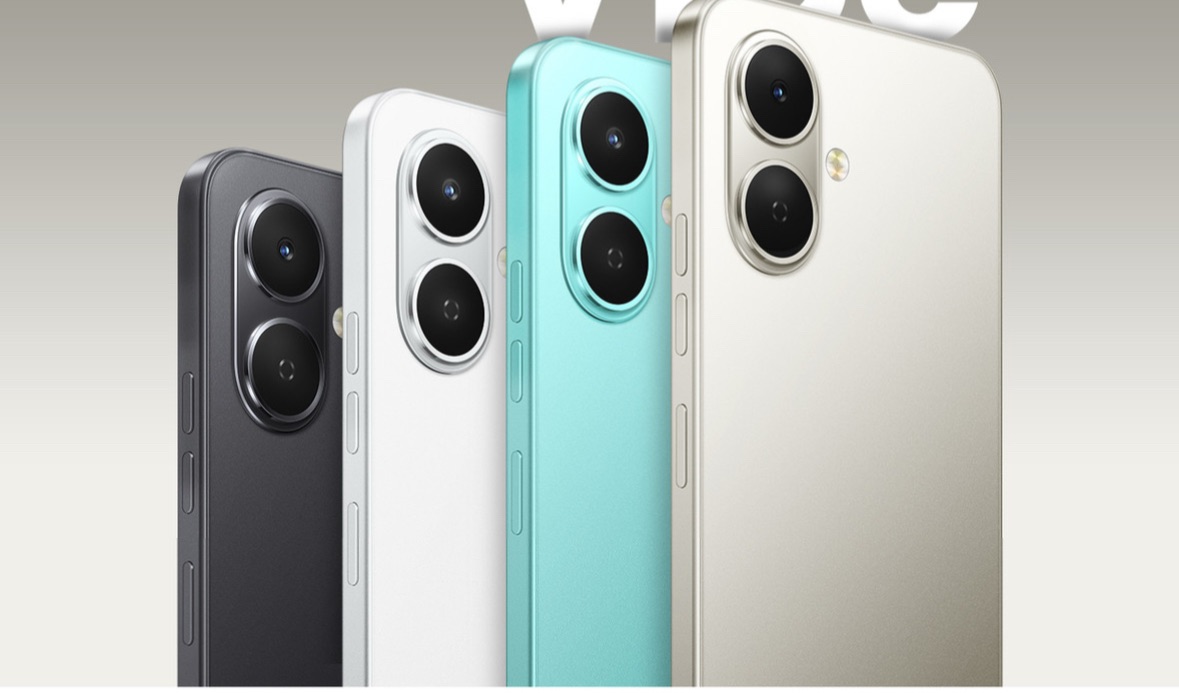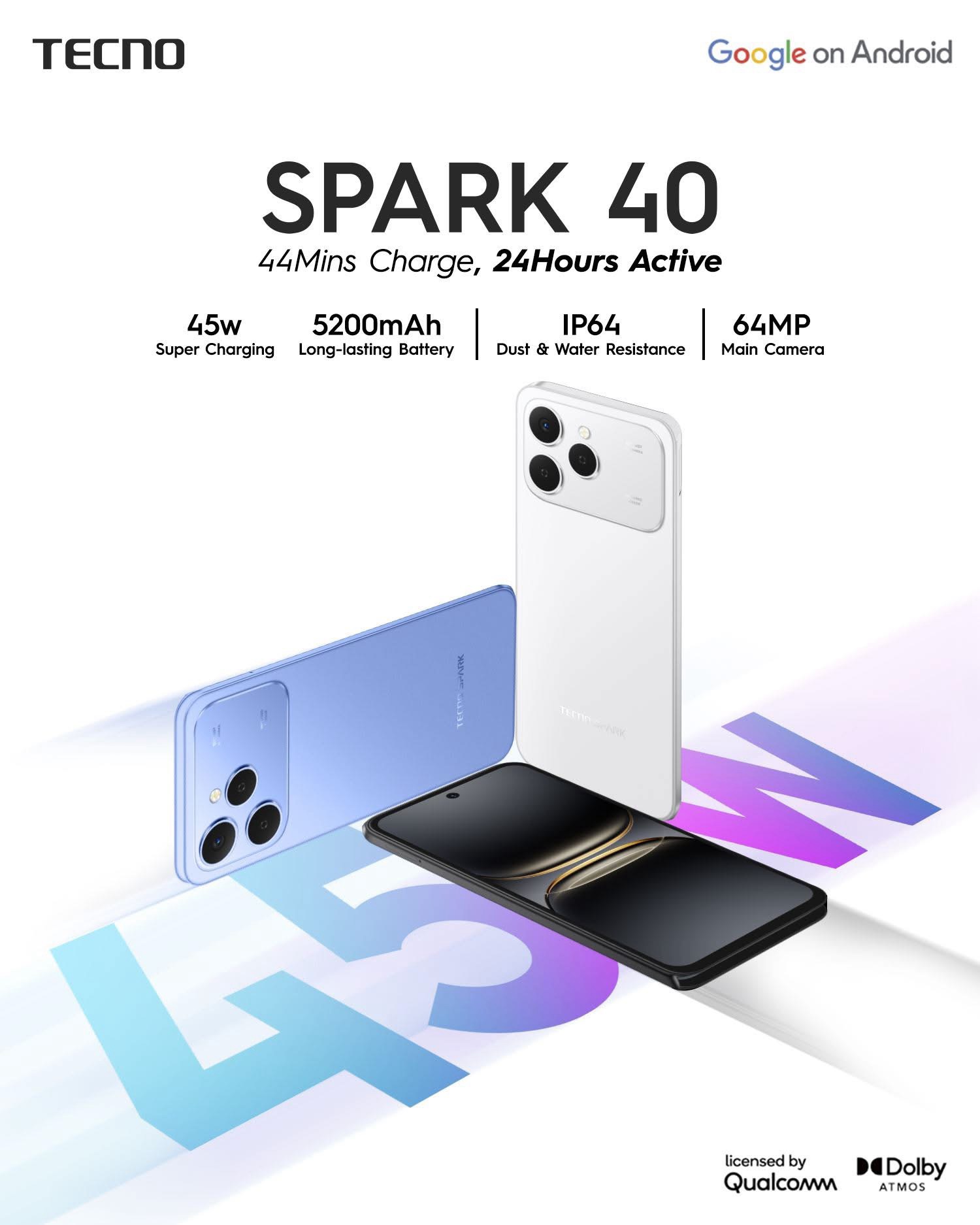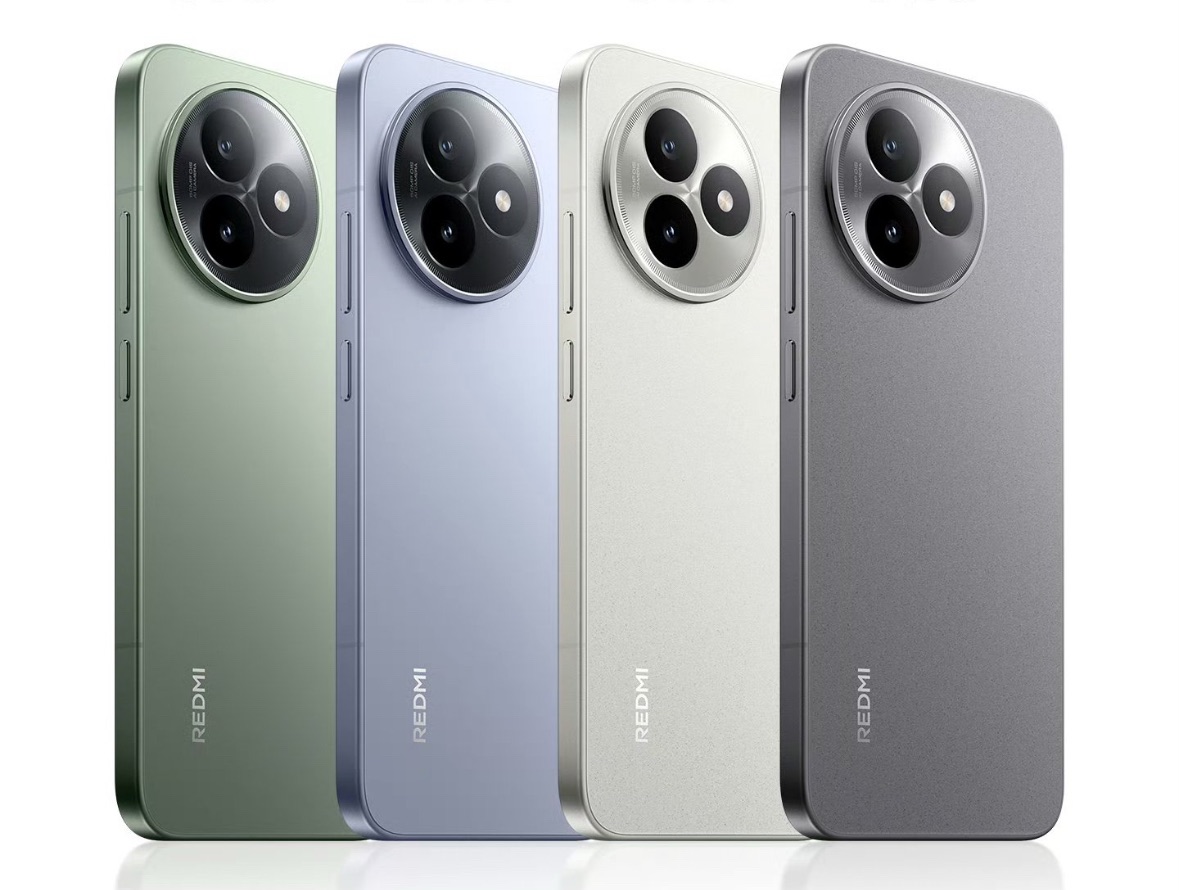Passionategeekz June 23rd news, in today’s digital age, image sensors have become the core component of smartphones and digital cameras. They recognize colors in a way similar to the human eye: in the retina, cone cells sense red, green, and blue (RGB) light respectively; while in the image sensor, pixels absorb light of corresponding wavelengths and convert it into electrical signals. The vast majority of image sensors are made of silicon, and this semiconductor material usually absorbs light over the entire visible spectrum. In order to make it into an RGB image sensor, incident light must be filtered. The filters contained in red pixels block (and waste) green and blue light, and so on. Therefore, each pixel in the silicon image sensor can receive only about one-third of the available light.
Today, Maksym Kovalenko and his team from ETH Zurich and the Swiss Institute of Materials Science (Empa) have come up with an innovative solution that promises to completely change this situation. Their research results published in Nature show a new perovskite-based image sensor that can make full use of every photon for color recognition. For nearly a decade, they have been studying perovskite-based image sensors.
According to Passionategeekz, the basic material of perovskite image sensor is lead halide perovskite. This crystal material is a semiconductor. Unlike silicon, it has the characteristics of easy processing, and its physical properties will change with the precise changes of chemical composition. It is this characteristic that researchers use to create perovskite image sensors. By adjusting the ion content in perovskites, they can absorb light at a specific wavelength: increasing iodine ions can absorb red light, increasing bromide ions can absorb green light, and increasing chloride ions can absorb blue light. Since the perovskite pixel layer remains transparent to other wavelengths and allows light to penetrate, red, green, and blue pixels can be stacked vertically together rather than arranged side by side like a silicon image sensor.
This stacking structure allows perovskite image sensors to theoretically capture three times more light than conventional image sensors and provide three times more spatial resolution. The Kovalenko team demonstrated this potential several years ago with millimeter-scale single-crystal pixels, and now they have successfully created two fully functional thin-film perovskite image sensors for the first time, marking an important step forward for the technology from proof of concept to practical application.
Perovskite image sensors have significant advantages over traditional silicon-based image sensors. Experimental results show that perovskite sensors are more sensitive to light, more accurate color reduction, and significantly improved resolution. In addition, because each pixel is able to capture all light, some common digital photography artifacts, such as demosaic and molar effects, are also eliminated.
The application range of perovskite image sensors is not limited to consumer digital cameras. Due to its unique material properties, it also shows great potential in the field of machine vision. Traditional RGB image sensors are designed based on visual modes of the human eye, but in specific tasks, computer image sensors need to read other optimal wavelength ranges, even more than three colors, so-called hyperspectral imaging. Perovskite sensors have a decisive advantage in hyperspectral imaging, and researchers can accurately control the color channels by adjusting the absorption wavelength range of each layer. Compared with silicon-based sensors that require complex filters and computer algorithms, perovskite sensors can define more and independent color channels, which gives them broad application prospects in areas such as medical analysis, agricultural automation monitoring and environmental monitoring.
Although perovskite image sensors are still in their early stages of development, the Kovalenko team has demonstrated its potential for miniaturization through two prototypes. Currently, the pixel sizes of these two prototypes range from 0.5 to 1 mm, while the pixel sizes of commercial image sensors are usually on the micron level (1 micron = 0.001 mm). The researchers plan to further reduce pixel size and increase the number of pixels in the future. Yakunin said perovskites are expected to achieve smaller pixel sizes than silicon, but this also requires adaptive adjustments to electronic connections and processing technologies. Despite the challenges, researchers are confident in overcoming these difficulties.
Advertising statement: The external redirect links (including, not limited to, hyperlinks, QR codes, passwords, etc.) contained in the article are used to convey more information and save selection time. The results are for reference only. All articles from Passionategeekz include this statement.
Discover more from PassionateGeekz
Subscribe to get the latest posts sent to your email.







